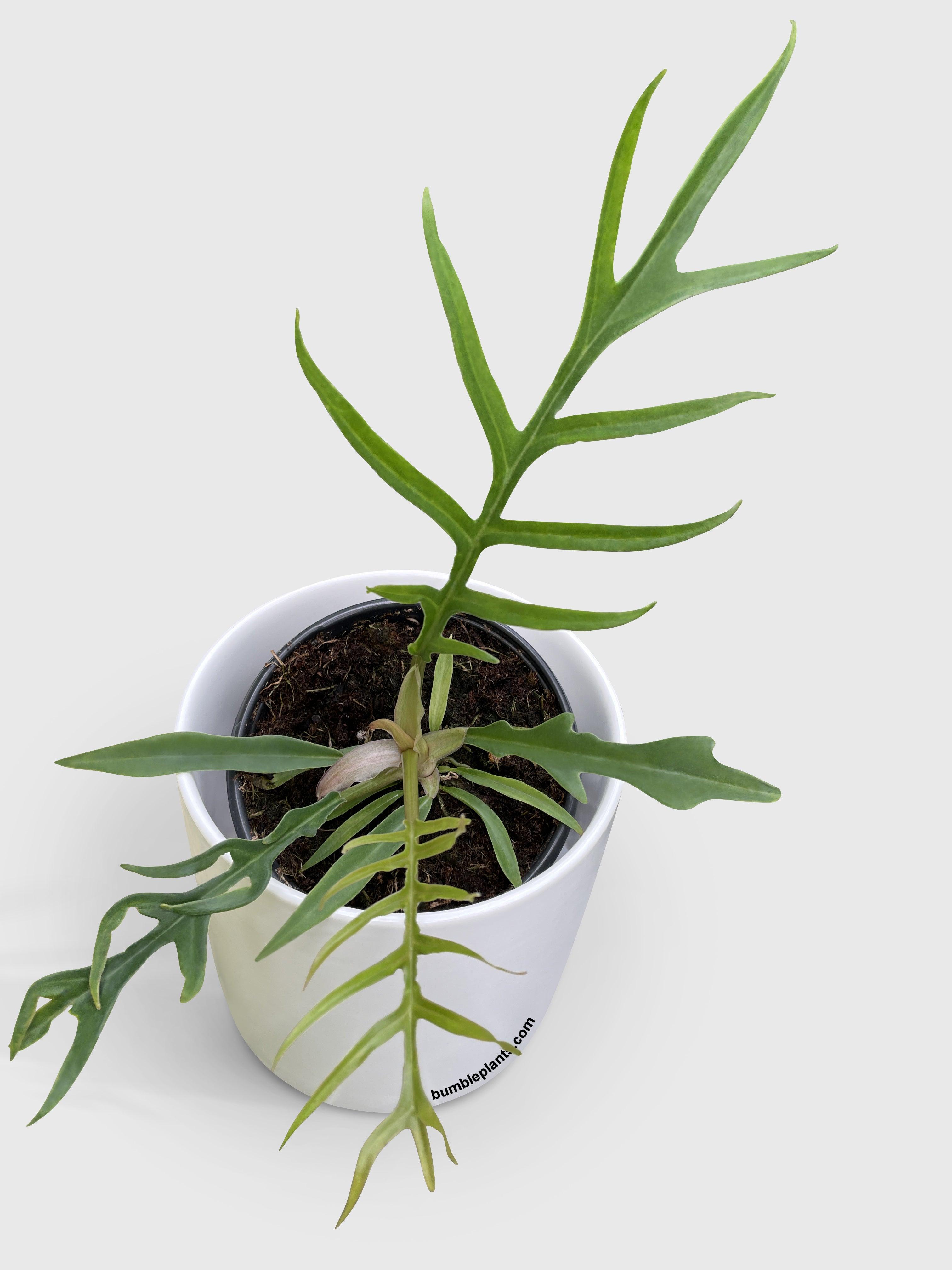

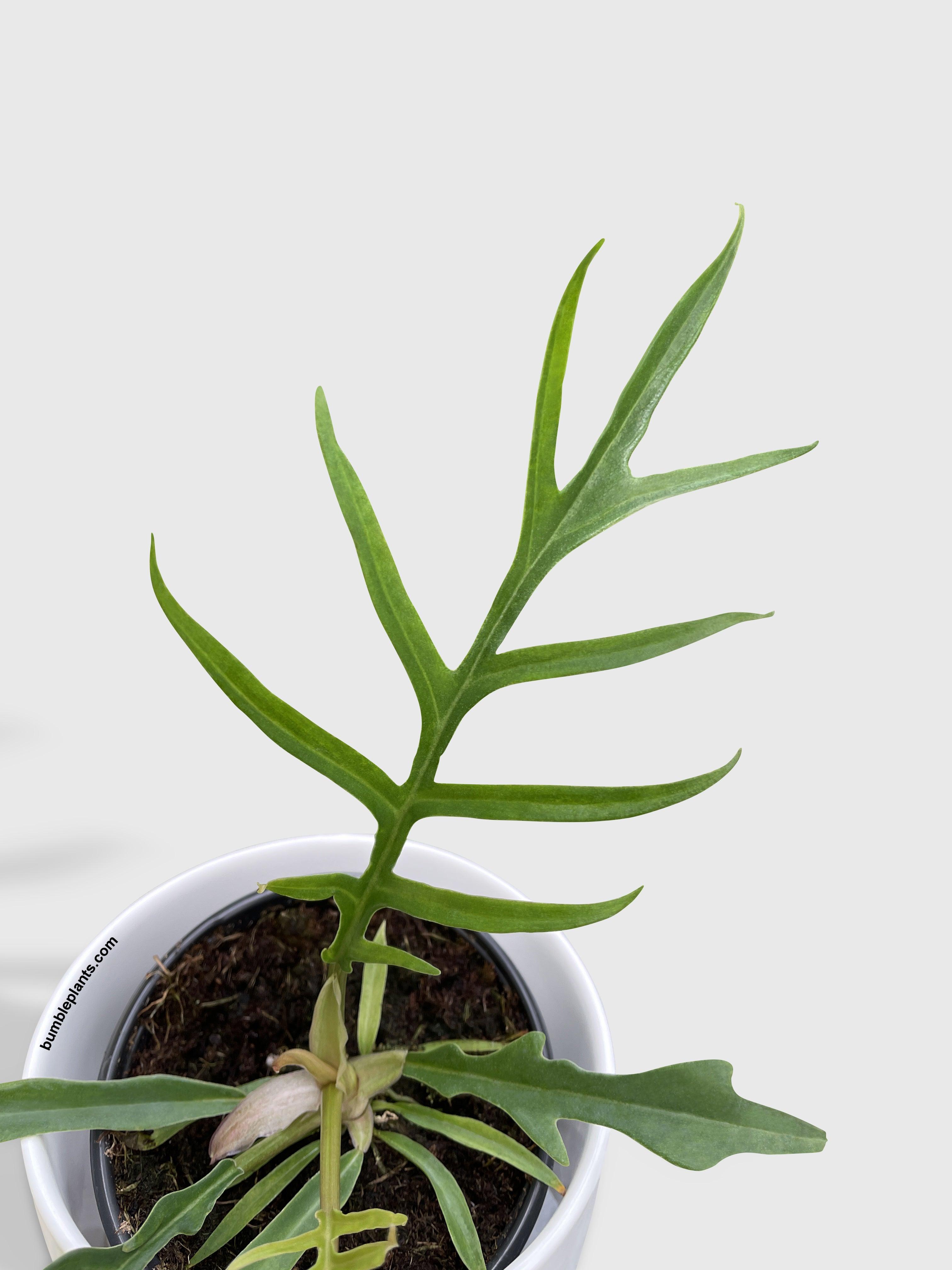

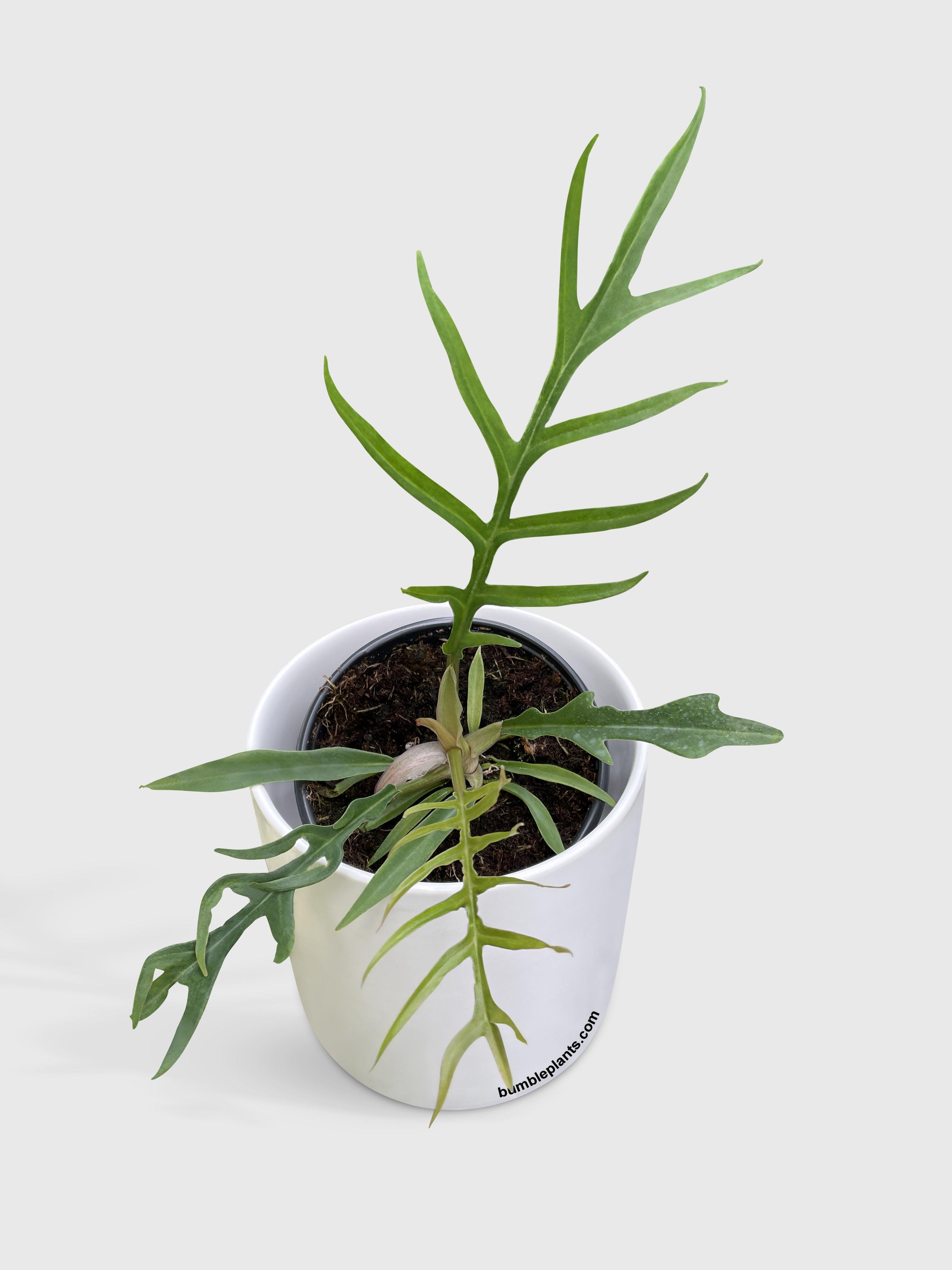

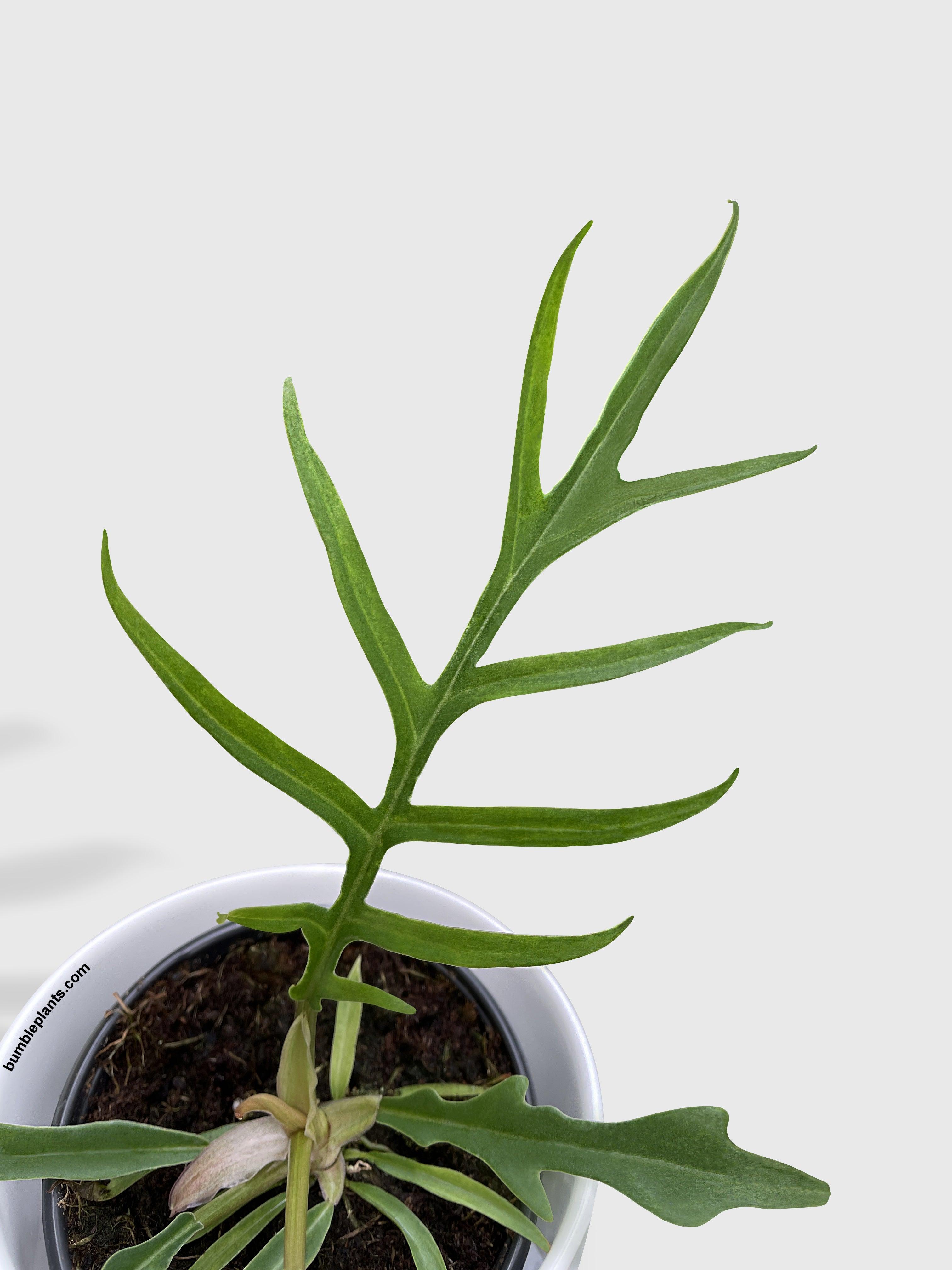

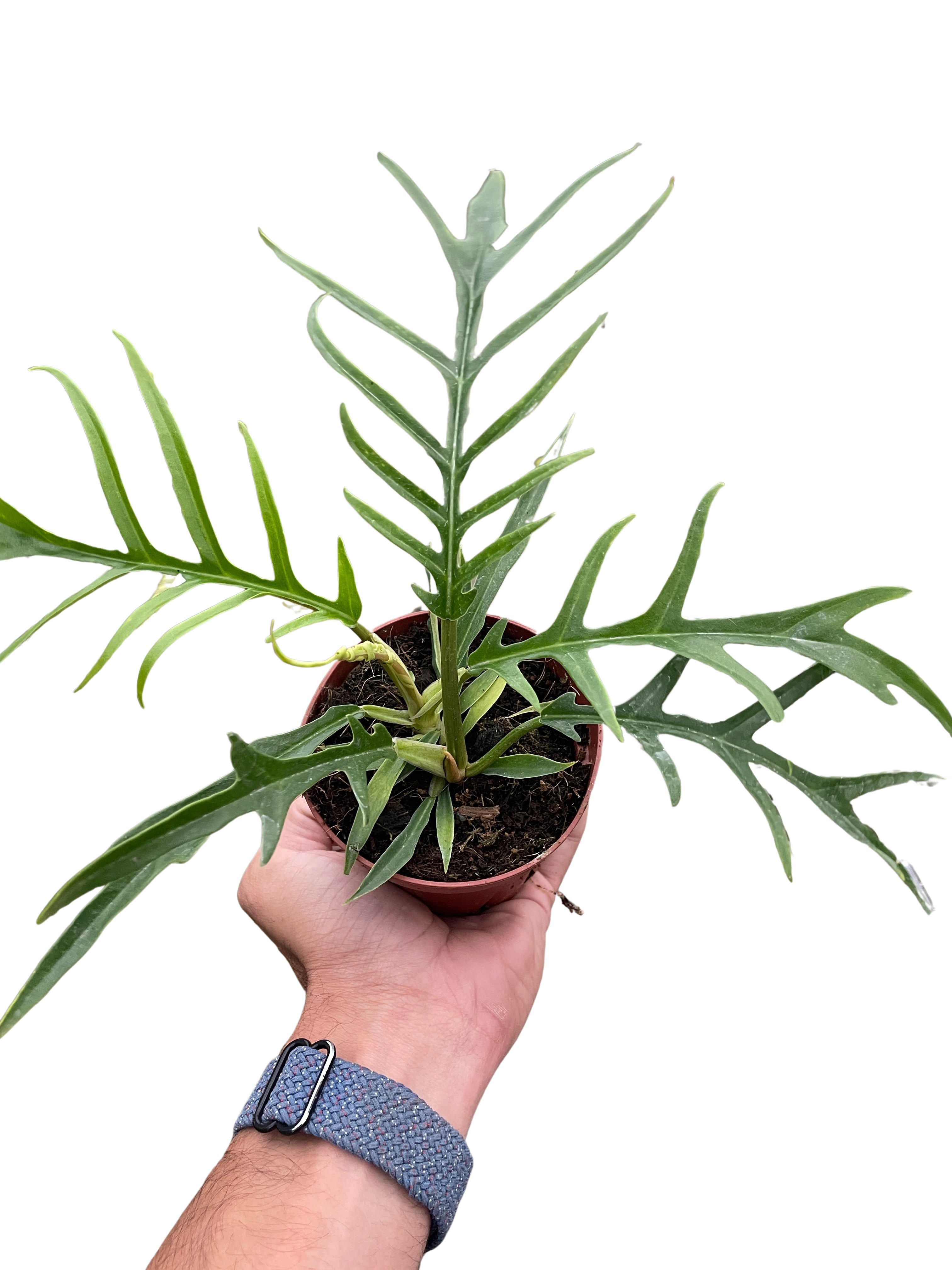

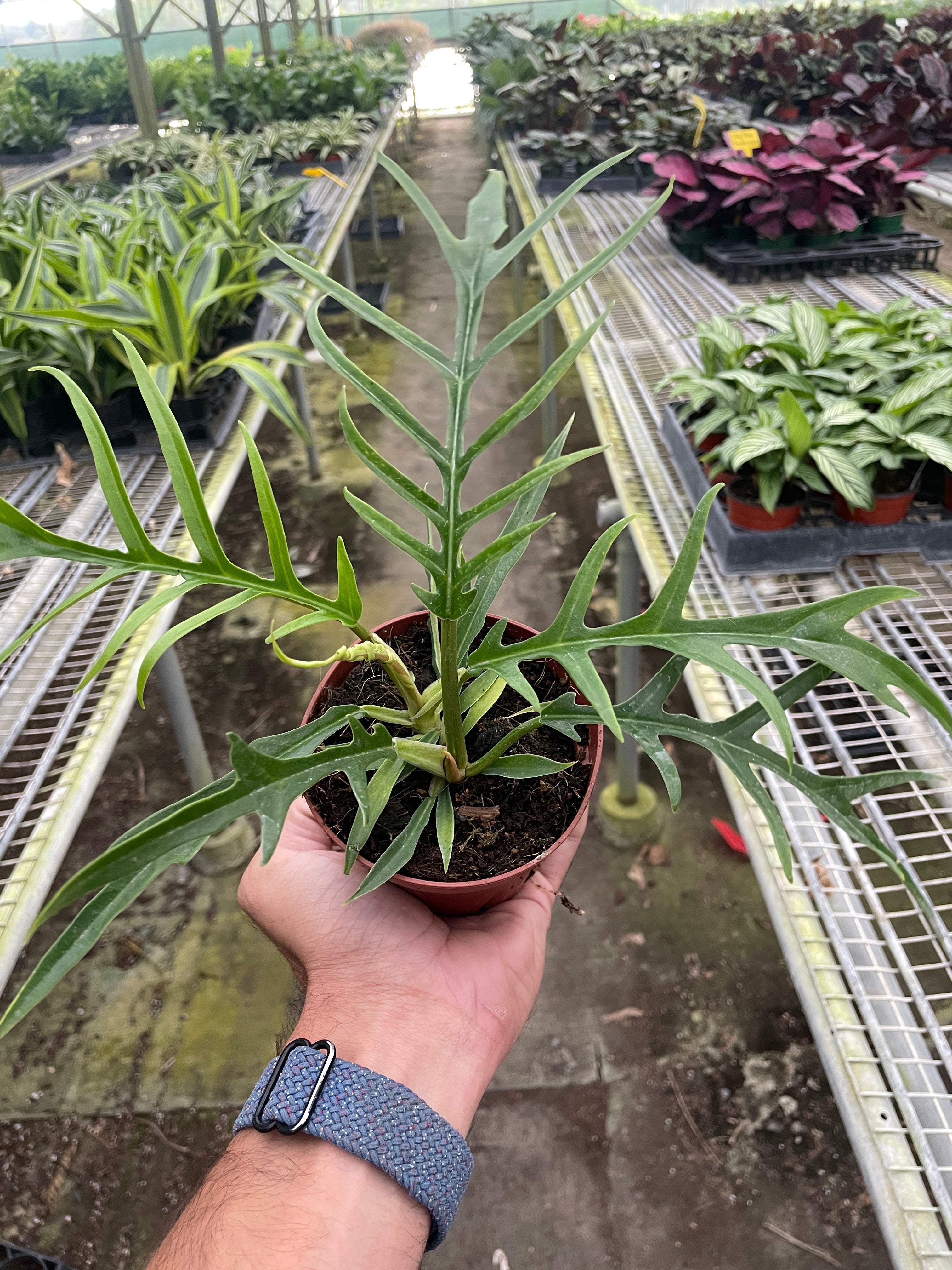

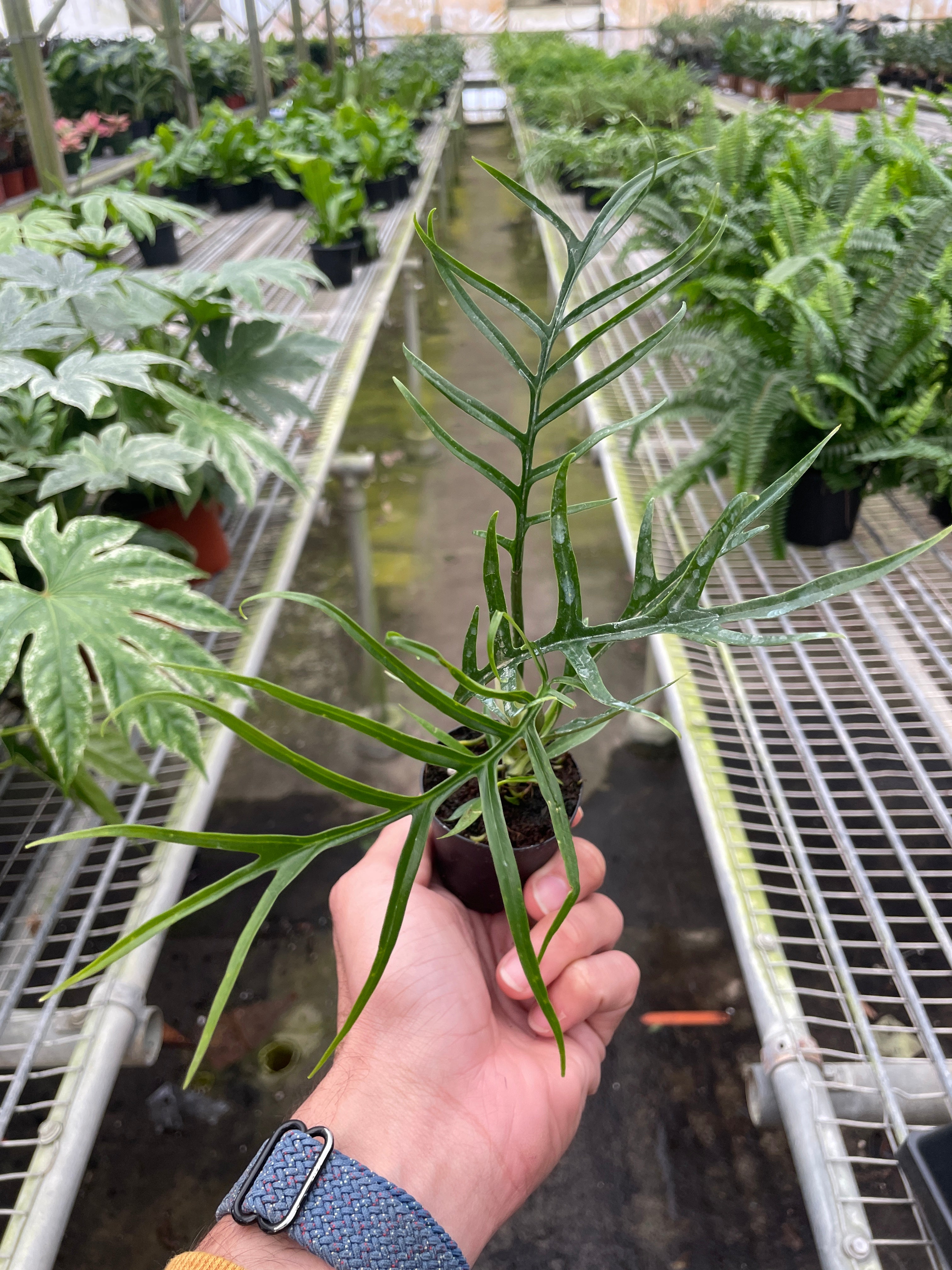

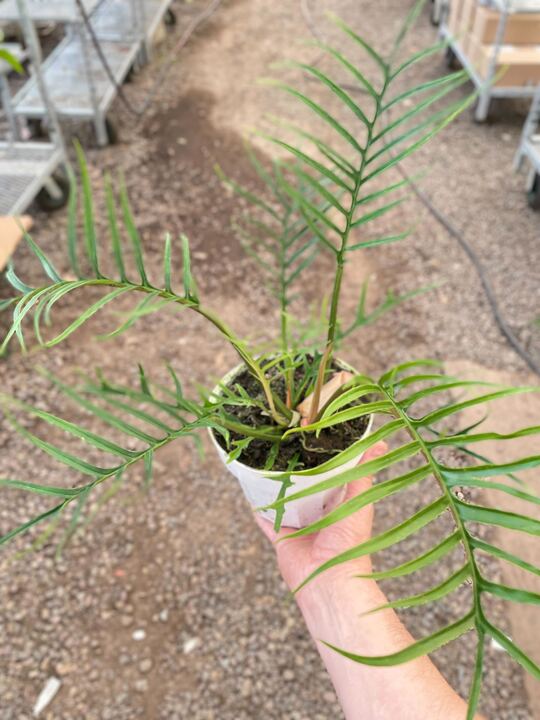

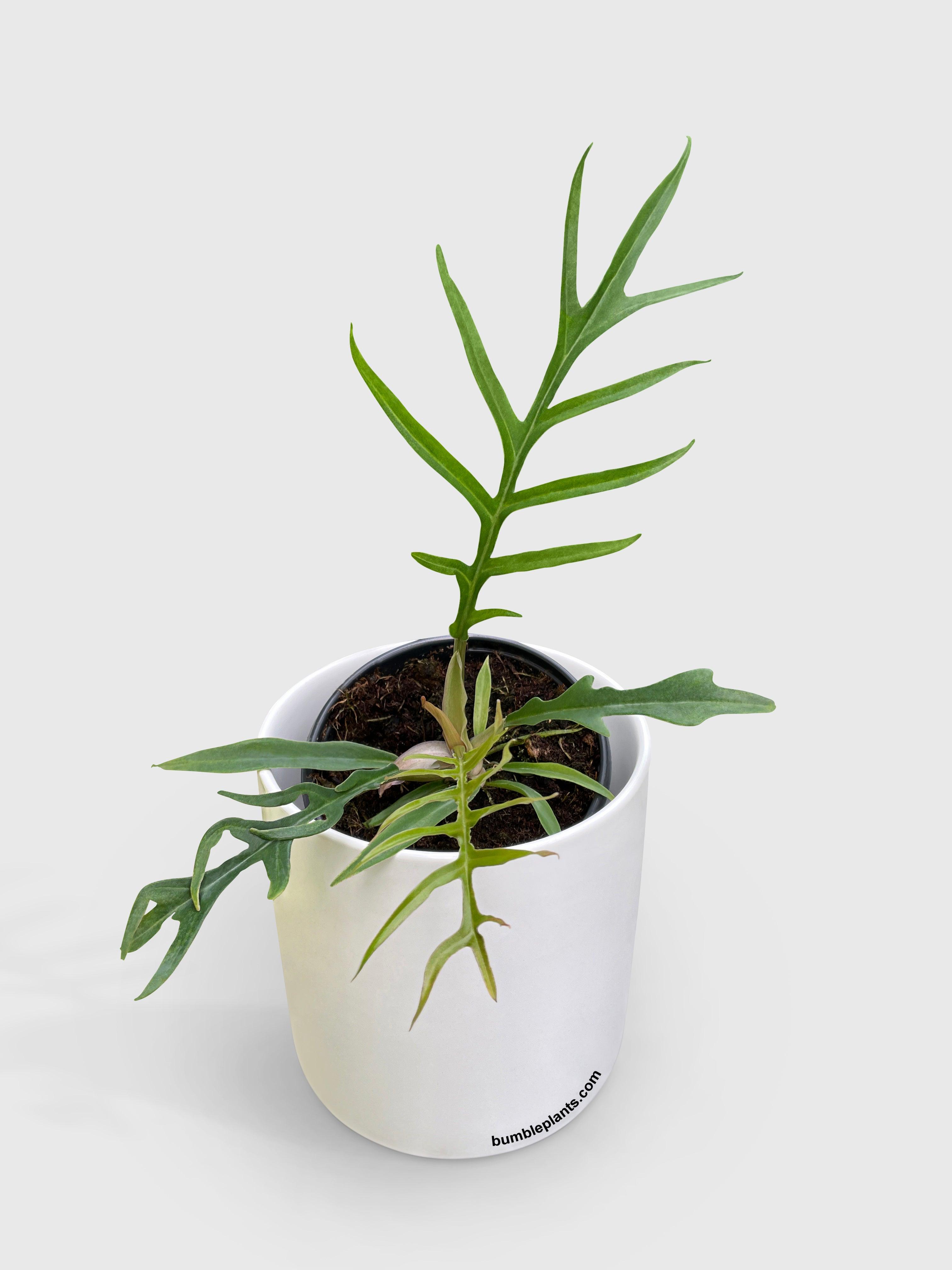

1/9
. Discount code automatically applied at checkout.
Error
Spend at least $35 and receive free shipping on your order.
You're away from free shipping
Congrats! Free shipping unlocked!
Your cart is empty
Shop allShare your cart
Use this link to send your cart to yourself or others.
Cart updated ()
Home

Popular Collections

Deal of the Week

New Plants

Featured

Shop by Lifestyle

Color

Features

Sale

Shop All plants



















. Discount code automatically applied at checkout.
Error